Trees are the anchor, the heroes, of the natural world. Solid and dependable they shape our favourite places and help to ground us. In recent times, they’ve come to represent the stoic support so many of us have found in nature
You’ll find some wonderful examples of ancient trees on the Hampshire estates cared for by the National Trust, which at this time of year are full of autumn colour. Here, we reveal some favourites, and what makes them so special.
PICTURED ABOVE: The Vyne – autumn colour and house | National Trust Images, Virginia Langer
ABOVE: The Vyne – 100 Guinea Oak | National Trust Images, Karen Legg
The Vyne, near Basingstoke
At over 650 years old the 100 Guinea Oak is so old it would have witnessed Henry VIII’s huge royal processions when he visited in the 1530s. Corina Dawson, area ranger: “This ancient veteran tree owes its life to William John Chute who owned The Vyne in the 19th-century. Legend has it that he refused to sell it to an Admiralty agent looking for timber before the Battle of Trafalgar. When William declined the £100 offered, the agent returned with an offer of 100 guineas. According to diary entries, Chute said: ‘Any tree that increases in value by £5 overnight is too valuable an investment
to lose.’
“Over its lifetime, this tree has supported lots of wildlife. Today it’s home jackdaws and nuthatches, wasps, squirrels and bats, as well as fungi that feed off the decaying part of its main stem. For me, this tree represents strength – against adversity, war, human intervention, and now, climate change – and I love it. Old trees need special care; we monitor the movement of this one with sensors that tell us how it’s faring against non-prevailing winds. It gets a compost drink too, sprayed into the canopy and the soil which helps break down nutrients so they can be absorbed by
the tree.”
ABOVE: The Vyne – late autumn colour at the lake | National Trust Images, Virginia Langer
More autumn highlights: visit the orchard, full of heritage apple varieties including Easter Orange and Beauty of Hampshire. As temperatures drop, the leaves of the liquidamber and swamp cypress trees fringing the lake turn orange, crimson and purple. A downloadable trail takes you through native woodland and to wetlands teaming with colourful birdlife.
PICTURED ABOVE: Mottisfont house and lawn with autumn leaves | National Trust Images, Jonny Norton
Mottisfont near Romsey
The lawns of this former medieval priory are dotted with magnificent trees, but did you know there’s a record breaker here too? Mottisfont cares for the National Collection of plane trees including a specimen that’s the largest in Britain. Its branches sweep down to the ground, and in autumn they create a rich yellow ‘curtain’ of foliage.
Jonny Norton, Head Gardener: “These plane tree giants are over 300 years old and their autumn foliage seems to get more impressive every year. Our largest, believed to be the oldest and tallest in the UK, is now a towering 108ft, which dwarfs the mansion. Its vast branches look like they’re cradling the east end of the house, as if they want to shelter it.”
More autumn highlights: in Mottisfont’s kitchen garden young apple trees are bearing fruit. Eight heritage trees encircle the central pond; on the walls they are trained in historical patterns such as squirming and curved cordons and a ‘Belgian fence’ – a style of espalier that forms a pretty lattice-work effect.
Vegetables and herbs fill the raised beds, and by October, the long pergolas are covered in hanging gourds with wonderful shapes and names – look out for Turk’s Turban, and Patty Pans. It’s a very pleasant space to sit and soak up the autumn sunshine.
PICTURED ABOVE: Mottisfont fields in autumn, | National Trust Images, Hugh Mothersole
There are many other fine specimen trees displaying rich autumn colour including acid-yellow tulip trees and orange and scarlet hornbeams. A six mile estate walk takes you through old woodlands in full autumn glow, and areas of hazel and chestnut coppice that are managed
to create habitats for wildlife including dormice.
PICTURED ABOVE: Hinton Ampner, autumn colour beginning in the parkland | National Trust Images, Hugh Mothersole
Hinton Ampner near Alresford
The home of the Stawell and Dutton families for 400 years, Hinton Ampner is the epitome of the 18th-century pastoral landscape, its parkland planted to enhance the sweeping, romantic views from the garden’s terrace. Broad-girthed old oaks, large beech, chestnut and lime turn into beacons of yellow and gold, interspersed with the purple-red foliage of Norway maple.
This 1,600 estate has so many special trees it’s got its own Ancient tree trail map, which includes two examples of hollow trees filled with concrete, considered good practice in the 19th-century.
“The park is littered with ancient and veteran trees, and their leaf canopies really intensify in colour as the days get colder,” says head gardener John Wood. “We’ve got some spectacular examples, including a massive oak that witnessed the Battle of Cheriton in 1644. You’ll see more examples on our downloadable trails.”
More autumn highlights: In Hinton’s walled kitchen garden you’ll find espaliered fruit trees laden with apples and pears, neat rows of vegetables and pretty companion planting including hundreds of dahlias.
The four-mile Dutton Estate Walk takes you into the beech woodland, where you can stroll along wide rides under buttery-yellow foliage. Other trails lead you down quiet country lanes past hedgerows full of russet leaves and autumn berries.
Thanks to the support of members and donors the National Trust is establishing 20 million new trees this decade. After 18 months like no other, where nature and the changing of the seasons has provided so much comfort, the charity is encouraging everyone to help support its Plant a Tree campaign, so that people and nature can thrive for generations to come. Just £5 will plant one new sapling which could remove 1 tonne of CO2 from our air over its lifetime.
Words by the National Trust
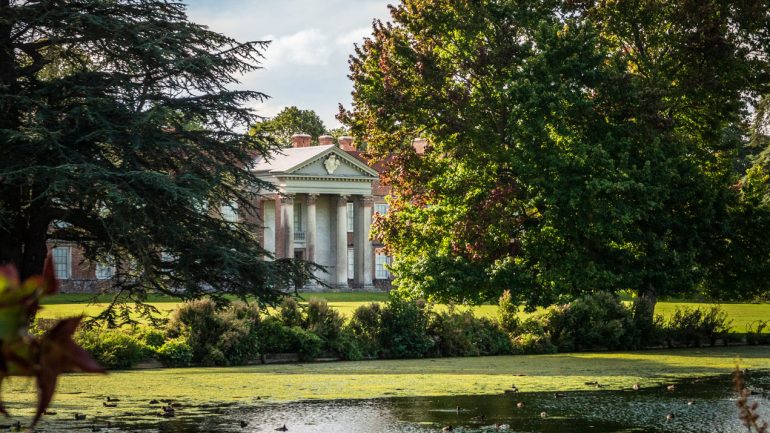
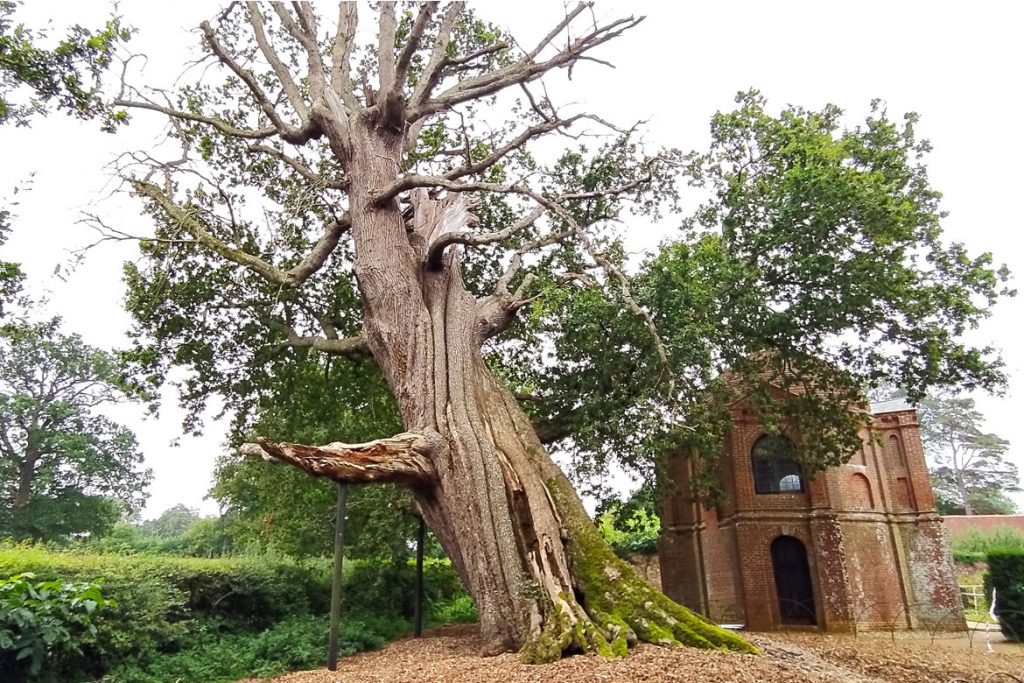
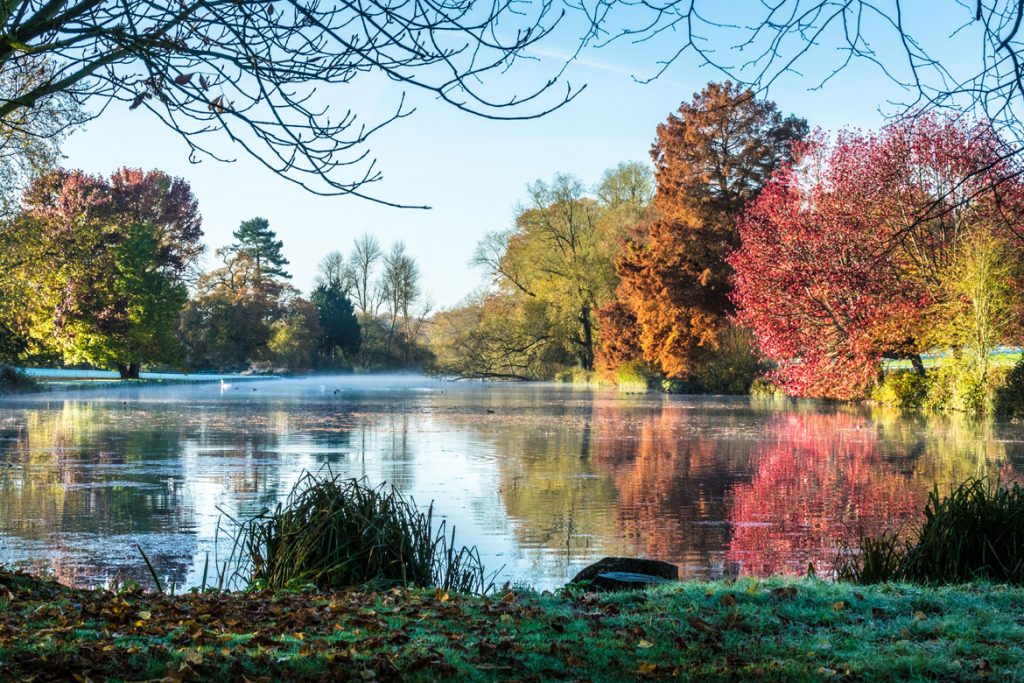
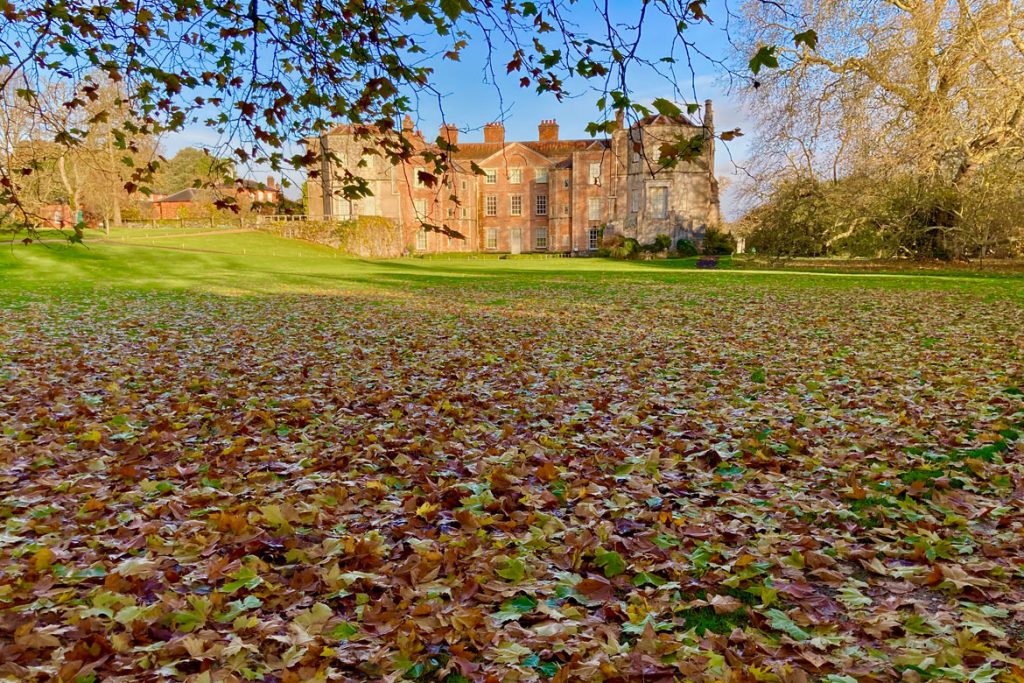
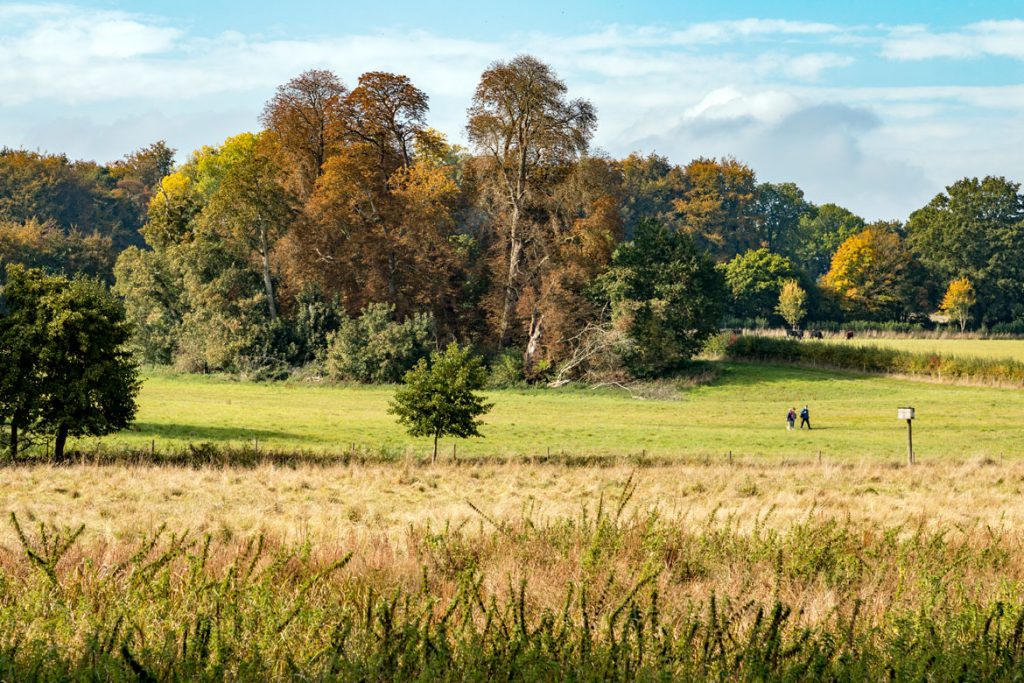


Leave a Reply